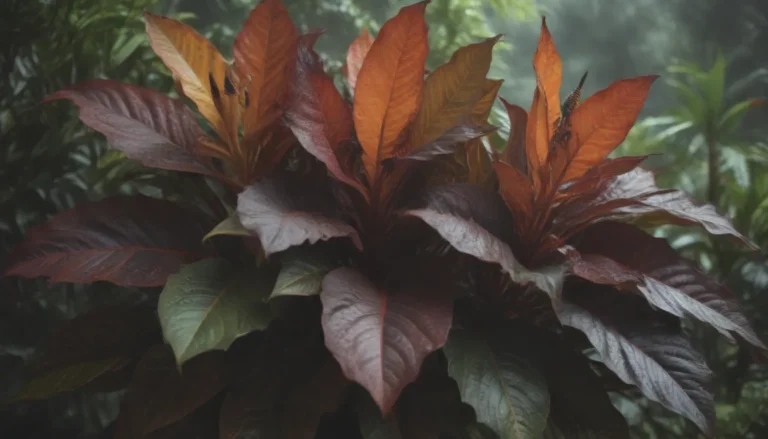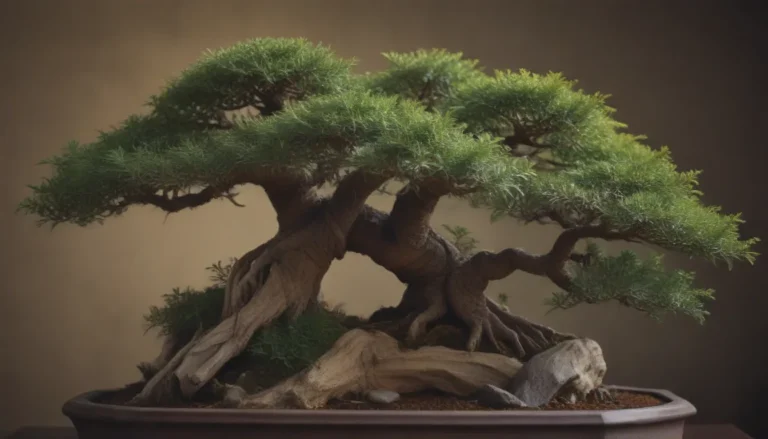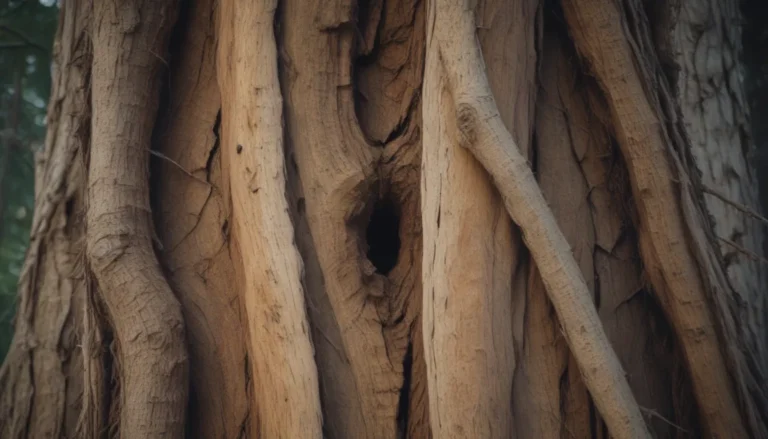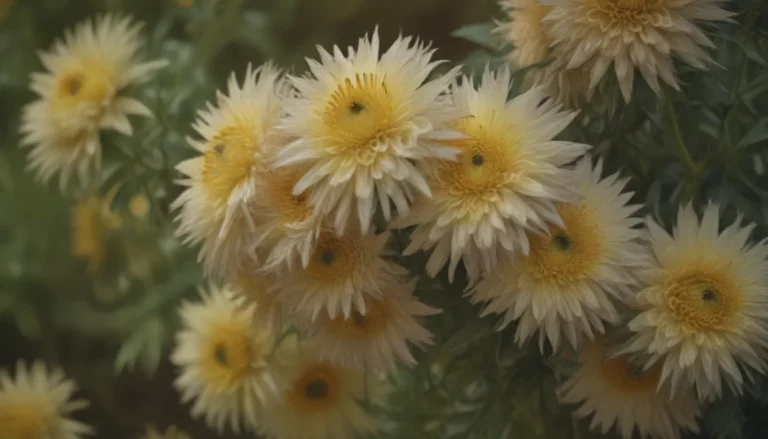Ultimate Guide to Growing Agave Indoors
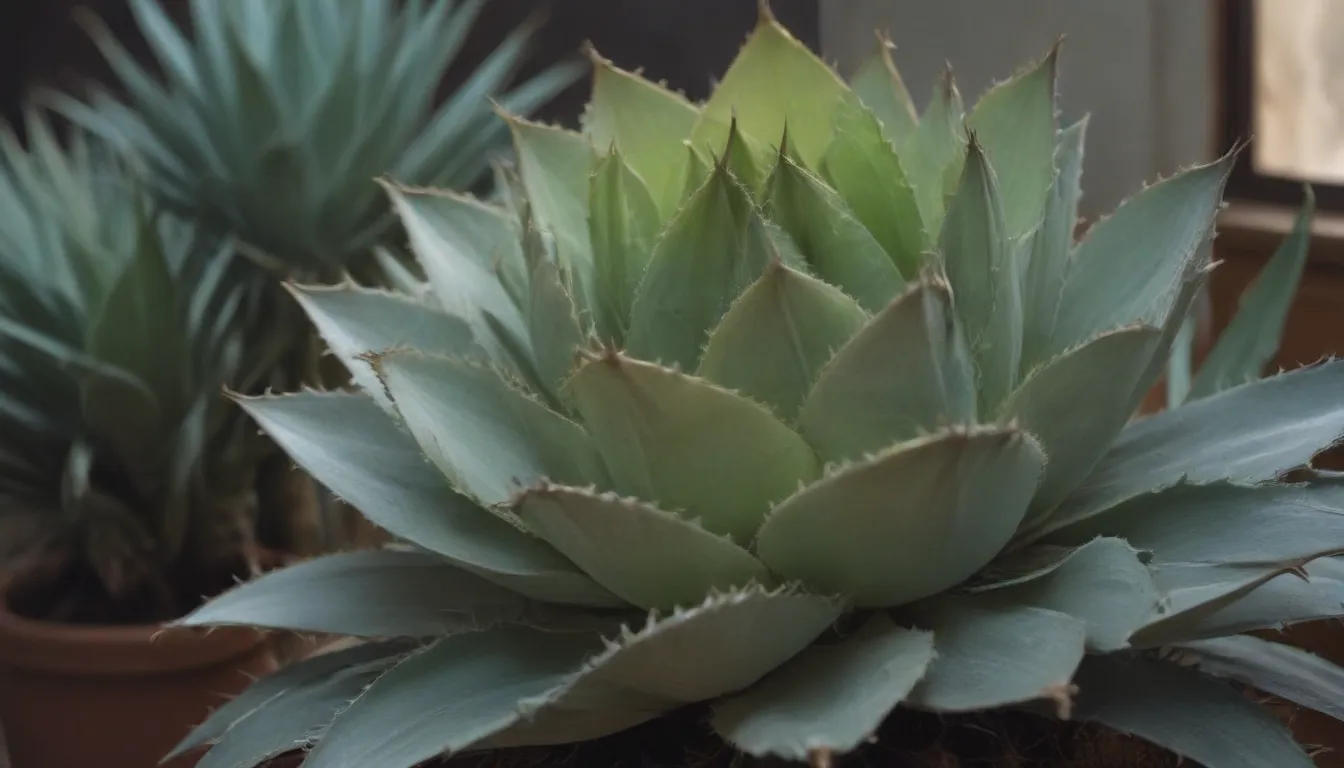
If you have a green thumb and a love for unique, slow-growing plants, then agave may be the perfect addition to your indoor garden. These plants, native to arid and semi-tropical regions of Central and South America, are known for their striking appearance and low maintenance requirements. In this comprehensive guide, we will walk you through everything you need to know to successfully grow agave indoors.
Introduction to Agave Plants
Agave plants belong to a large genus with hundreds of different cultivars, each boasting a unique shape and leaf structure. These plants can take several years, or even decades, to fully mature and can live for many decades overall. While some agave species are considered perennials, others are better classified as multi-annuals, as they may take several years to flower before eventually dying.
The slow-growing nature and visually interesting appearance of agave make them excellent candidates for indoor cultivation. However, it’s important to note that some agave species can be toxic to humans and animals if ingested or if the sap comes into contact with the skin. Always exercise caution when handling these plants, especially if you have pets or young children in your home.
Can You Grow Agave Inside?
Growing agave indoors is entirely possible with the right care and conditions. These plants thrive in warm, sunny environments and require minimal water and fertilizer. Here are some key tips to keep in mind when growing agave as a houseplant:
Popular Agave Species for Indoor Cultivation:
– Agave americana
– Agave victoriae-reginae
– Agave parviflora
– Agave colorata
How to Grow Agave Indoors
Sunlight
Agave plants thrive in full sun, so it’s essential to place them in a bright location, ideally near a south- or west-facing window. Rotating the container every week or two will ensure that all sides of the plant receive adequate light. While agave can benefit from spending time outdoors in warm weather, they generally do not do well under artificial lighting.
Temperature and Humidity
Agave species prefer warm temperatures and low humidity, making them ideal for indoor environments. Maintain a temperature range of 65 to 80 degrees Fahrenheit and protect your plants from cold drafts. While indoor humidity levels are typically not a concern for agave, be mindful of potential issues if you move your plants outdoors during humid summer months.
Watering
Established agave plants have a high tolerance for drought and only need to be watered every one to two weeks during the summer months. In the winter, reduce watering frequency to once a month, allowing the top two inches of soil to dry out between waterings. Overwatering can be detrimental to agave plants, so it’s essential to strike a balance.
Air Circulation
Good air circulation is crucial for preventing fungal diseases in agave plants, especially in humid environments. If you plan on moving your agaves outdoors for the summer, ensure they have plenty of space to allow for adequate airflow.
Fertilizer
During the growing season, fertilize your container agave plant monthly with a balanced liquid fertilizer diluted to half strength. Avoid fertilizing in the fall and winter, as mature agave plants generally do not require additional feeding.
Pruning and Maintenance
Prune dead or diseased leaves from your agave plant as needed, using sharp pruners to cut them near the soil level. Agave plants are low maintenance and generally do not require extensive pruning.
Container and Size
When selecting a container for your agave plant, opt for one with ample drainage holes to prevent waterlogged soil. Shallow containers work well due to agave’s shallow root system, and materials like ceramic, clay, or plastic can all be suitable choices. Choose a container that is only slightly larger than the plant’s spread, as agave plants are slow-growing.
Potting Soil and Drainage
Agave plants thrive in well-draining soil with a slightly acidic to slightly alkaline pH. A quality cactus or succulent potting mix is ideal for container-grown agaves, and you can enhance drainage by adding a layer of small pebbles to the top of the soil.
Potting and Repotting
Agave plants do not require frequent repotting, as they prefer to remain undisturbed in their containers. Repot only when the roots begin to outgrow the current container, selecting a slightly larger, shallow pot for the transplant. Be cautious not to plant the agave too deeply, as this can lead to stem rot.
Moving Agave Outdoors for the Summer
Agave plants can benefit from spending time outdoors during the warmer months, but some considerations should be kept in mind:
- Acclimate plants to bright sunlight gradually to prevent leaf burn.
- Monitor for fungal diseases in high humidity environments.
- Bring plants indoors at the first sign of mild frost to prevent cold damage.
Propagation and Pests
Instead of growing agave plants from seed, it’s best to propagate them through offsets (pups) that develop around the base of mature plants. These can be carefully separated and potted in fresh soil to establish new plants. Keep an eye out for common houseplant pests like mealybugs and scale, treating them promptly with rubbing alcohol.
Common Issues and Troubleshooting
Agave plants are relatively resilient but can still fall victim to fungal diseases and root rot if conditions are not managed properly. Keep an eye out for yellowing leaves that easily pull off, as this may indicate root rot. Treat fungal diseases with a suitable fungicide, but be prepared to discard severely affected plants.
By following these guidelines and tips, you can successfully grow and care for agave plants indoors, adding a touch of exotic beauty to your home. Remember to enjoy the journey of nurturing these unique plants and watching them thrive in your indoor garden!
In conclusion, growing agave indoors can be a rewarding and enjoyable experience for plant enthusiasts of all levels. With proper care, attention to detail, and a bit of patience, you can create a vibrant indoor oasis filled with these stunning succulents. Happy planting!
